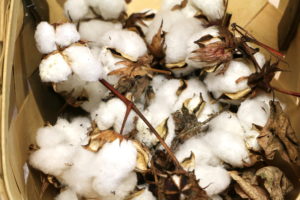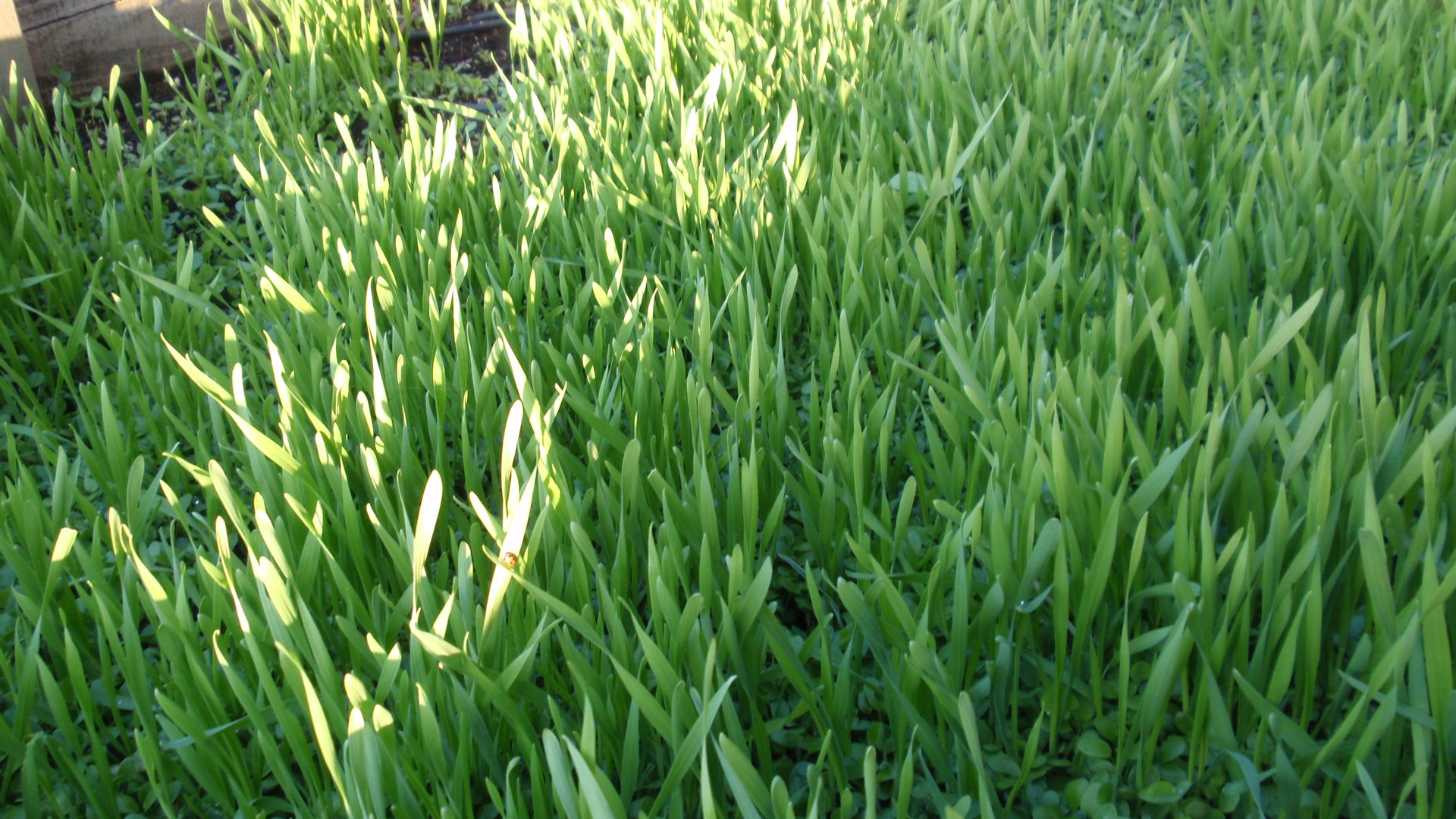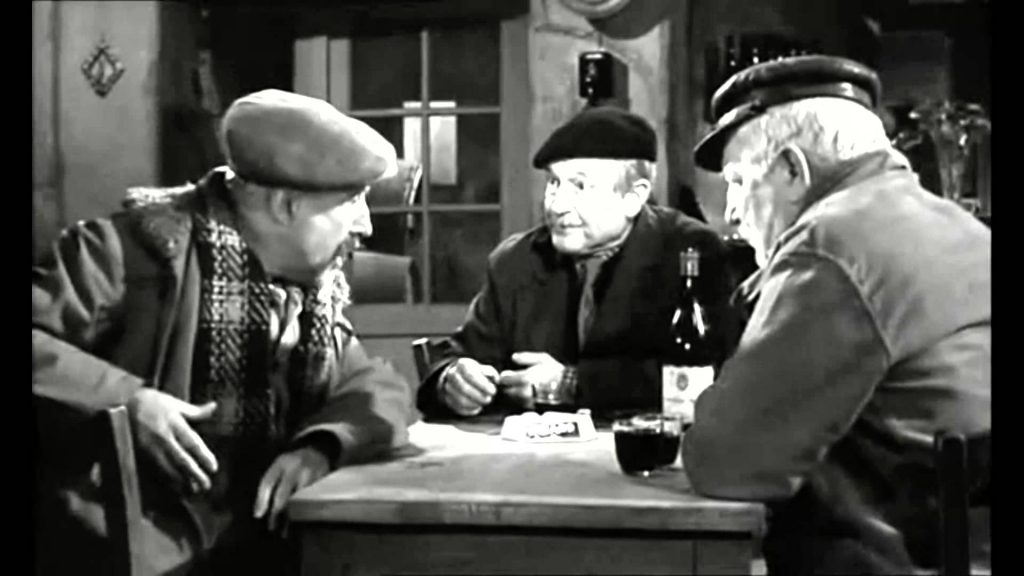Written by Stephen Clay McGehee. Reposted with permission from The Southern Agrarian – http://www.southernagrarian.com/

Fruits and vegetables are what most folks think of when they think of gardening. There are, however, other things that are good to grow, but are not for the dinner table. We’ll go into each of these in more detail in future posts, but I wanted to get you thinking about what non-food plants you might want to try growing.
- Winter Rye – Used to add organic matter to the soil. It also helps control the nematode population, protects the top surface layer of soil, shades out weeds. I had my garden planted in this over the past Winter. It was used as a calibration crop to compare different areas of the garden and to add organic matter to the soil when it was tilled under in the Spring.
- Cotton – Mainly just a fun crop for most of us. On the other hand, it is a vital component in society and open-pollinated seed stock must be preserved. Each year, I grow a few cotton plants just to keep a supply of seeds and to show visitors where their clothing comes from. The variety I grow – Red Foliated White – is a beautiful plant. The cotton yield from this open-pollinated variety is nowhere near as high as what commercially-grown cotton yields, but I’m not interested in growing commercial hybrids.
- Luffa Gourd – Sold in stores as Luffa Sponges, they are great for scrubbing in the shower. They also make a great utility scrubber. The very young fruit and flowers can be eaten, but I’ve never tried eating it. They produce numerous beautiful yellow flowers, so we have them planted along the front fence this year.
- Velvet Bean – This vine was a very commonly grown plant along with corn in the days before cheap fertilizer. It fixes Nitrogen in the soil, supports tall plants in high winds, and shades out weeds with its kudzu-like growth pattern. An interesting side note is its use as a treatment for Parkinson’s Disease.
- Gourds – Used to make bird houses, water dippers, crafts, and other items.
- Moringa – This one is a sort-of-food plant (actually a tree). High in vitamins and minerals, the leaves are dried, ground into a powder, then used as a food supplement. This is a very fast growing tree and is often kept pruned to bush size to make harvesting easier.
- Marigolds – In addition to it’s beautiful flowers, it repels insects when planted among other plants.
What have you grown that isn’t for the dinner table?
For more content like this, please visit The Southern Agrarian – http://www.southernagrarian.com/










On the marigolds – one of the great things about them is that they are a self-seeding annual. Plant them once, and once they are established they’ll be everywhere. They don’t repel *all* insects (why would you want that?), but they do repel aphids. Win!
You can also grow plants that are useful for other plants. One of my faves is comfrey, which sends a large taproot down to draw yummies from down deep and then stores them in the leaves. The leaves are a great chop-and-drop mulch, or you can make a (garden, not people) tea from them for a quick fertilizer. Plus the early flowers get the pollinators used to visiting you.
[…] Source link […]
5
4.5
One item that I neglected to mention in the original article is flowers. Regular old, good for nothing but to look at, flowers. Why? Simply because beauty is an important part of our Western culture. We don’t have to be completely utilitarian. Allocating a bit of precious fertile ground for aesthetic reasons is a little luxury that we can afford. It just makes life better.
It also doesn’t hurt that they look good in the kitchen, and if wife is happy, then everybody’s happy.
Appreciate the follow up.